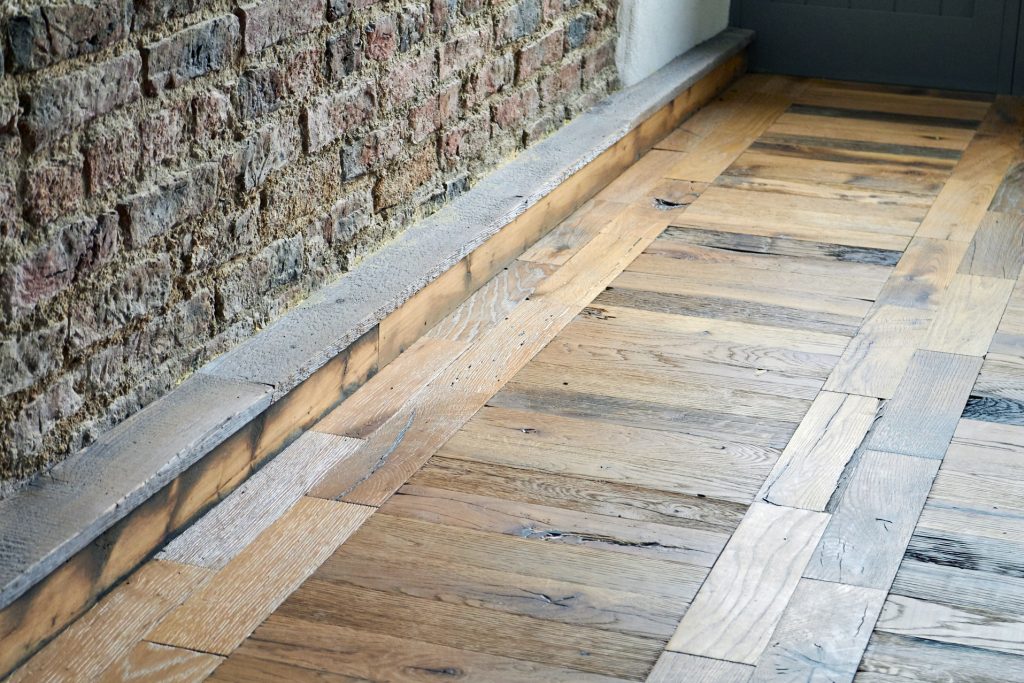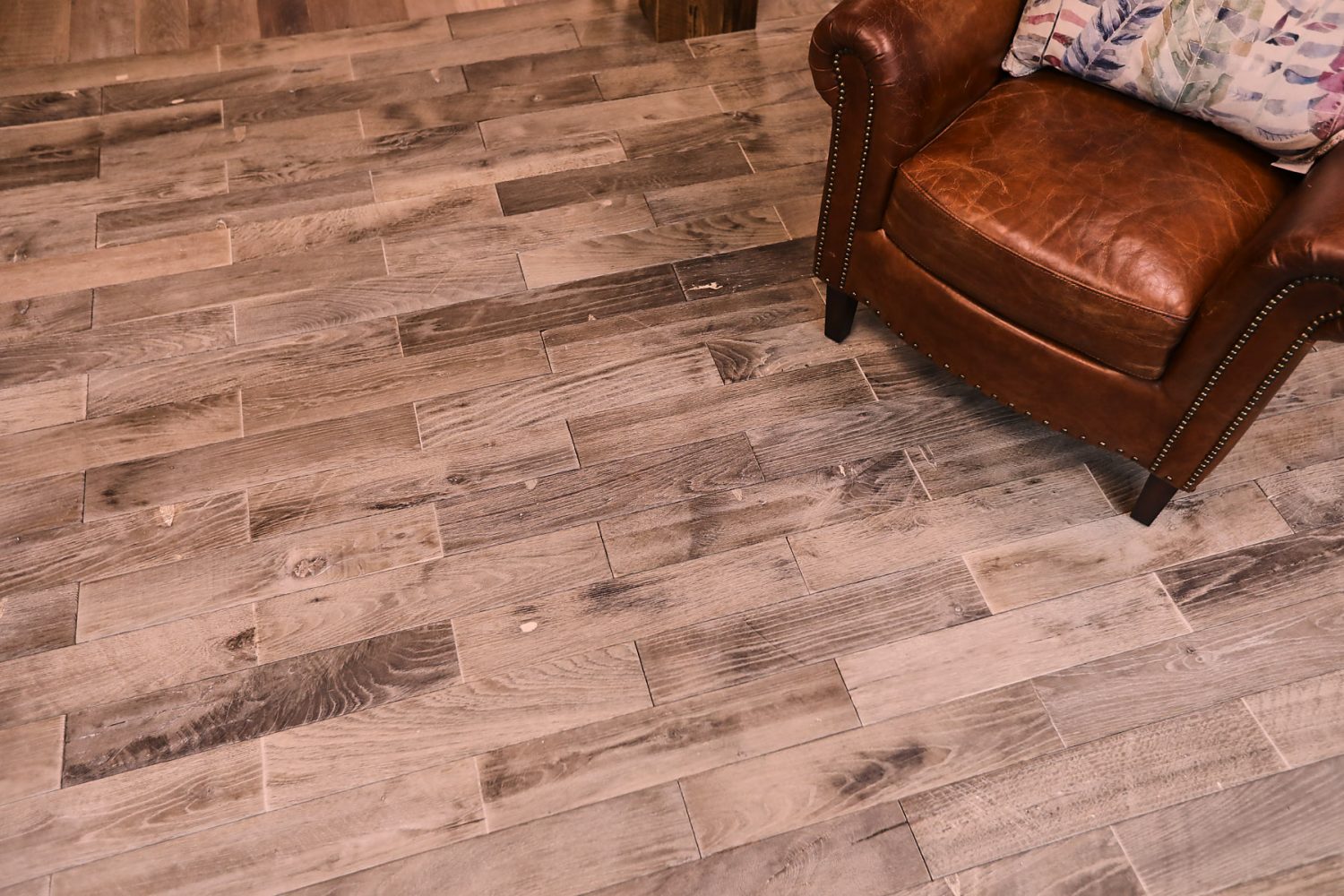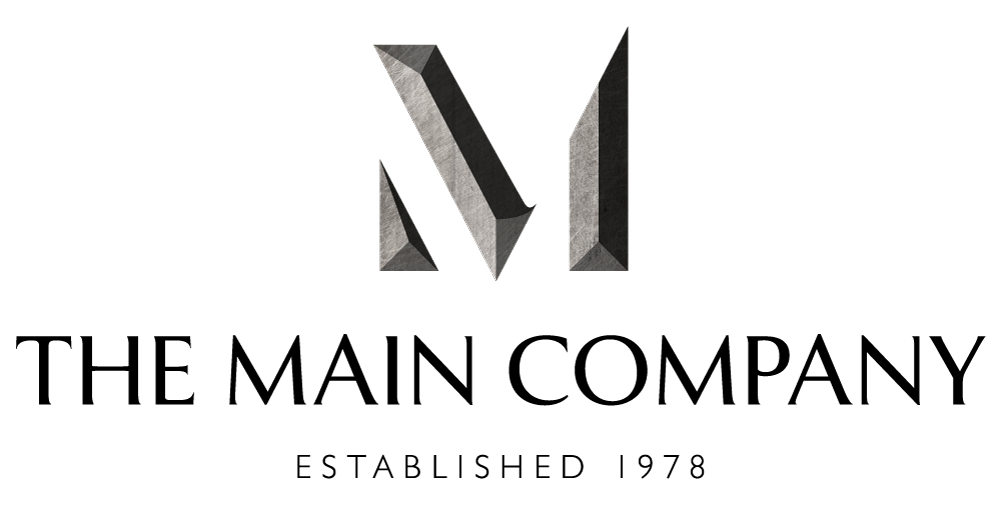Origin
Parquet flooring dates back to 16th century France. The original designs were laid out in geometric patterns with the individual blocks varying in colour and size. In modern times parquet flooring is more of a generic term for flooring panels and blocks, which once arranged, make an array of fabulous patterns and designs.

Manufacturing Process
Oak, walnut, maple and cherry are the most common species of timber to find within a parquet floor. These timbers can be manufactured in a solid or engineered finish. Whether you choose solid or engineered, there is no difference in the final look of fitted parquet flooring.
Here at the Main Company we use new and reclaimed oak to manufacture our parquet flooring, all of which are engineered using a birch plywood base. Both the new and reclaimed parquet blocks are cut to 500mm x 100mm and then finished with a variety of patinas. The flooring panels are usually crafted to bespoke order but usually range from 900-1000mm square.

Installation
The installation of a parquet floor is the same process whether you select panels or individual blocks. We recommend glueing the product down using a flexi adhesive such as Sikabond 52 by Ever Build. This can be used on a screed concrete or plywood substrate.
Glueing a floor to the substrate minimises any movement that can occur when using natural products.

Maintenance
The most common question we get with any of our flooring products is: what’s the maintenance process?
Like all our flooring, parquet floors are relatively low maintenance. You can either vacuum or brush the surface 2-3 times a week. Moping your parquet floor is also possible at times when you want to remove more stubborn dirt. We’re able to provide a specialist flooring soap for this.

Parquet floor sample is also available if you want to try it before making an order.
If you do require more specific information on any of our flooring products don’t hesitate to get in touch.
